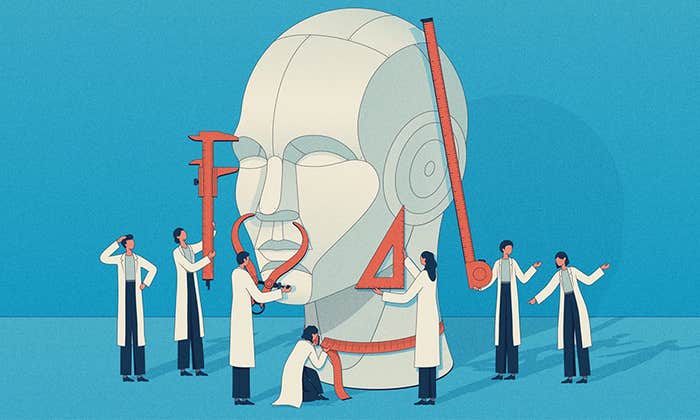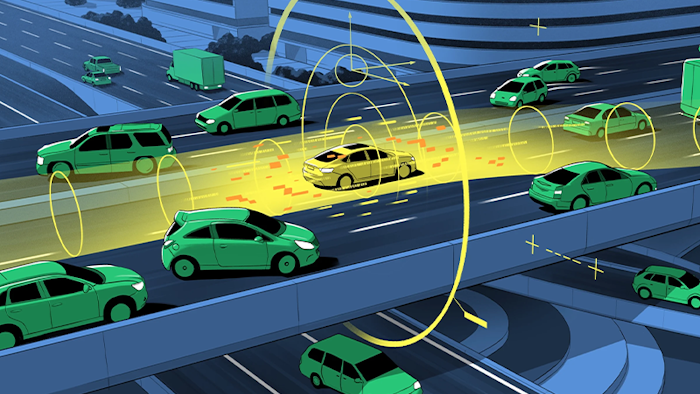If you’ve ridden in a car piloted by a young or inexperienced driver lately, chances are you’ve had an unwelcome epiphany. When driving your own car every day, navigating familiar streets, the vehicle is an extension of your body and your home, a wee castle on wheels that protects you, obeys you, and gets you where you need to be. Riding with an uncertain driver—feeling the bulk of an enormous machine lurch beneath their sweating palms, hearing them gasp when someone merges in front of them on the freeway, watching as they swerve uncertainly into the fast lane to escape—it pops into the center of your consciousness that cars, these fast-moving, two-ton metal boxes bunched tightly on the road, are death traps. It’s just their familiarity erases this from our workaday minds. (See more about how driver error causes fatal crashes in the related interactive, “The Truth About Auto Safety.”)
This quirk of the human brain is well-known among those who study risk and risk perception. When something is unfamiliar, or unusual, it’s scary, even if it’s objectively safe. The well-worn example is commercial plane flights: Compared to cars, a ride in a plane is ridiculously safe. Over the last 10 years, the number of fatalities in US plane crashes has fluctuated between zero and .04 per 100 million miles flown, according to figures released by the National Transportation Safety Board. Though the fatalities from car crashes, you’ll be happy to hear, are steadily decreasing, in 2011 the number of deaths per 100 million vehicle miles traveled in the US was still as high as 1.10. (In 2008, it was 1.26.) But almost no one flies as much as they drive, and that, combined with the release of personal control involved in flying, combine to make getting on that flight an act or superhuman will for many people.
These issues were surfaced by two train crashes in Europe in the past week. In Spain, a train derailment (video above) apparently caused by a reckless driver killed at least 80 people, and in Switzerland, two commuter trains collided, killing at least 1 and injuring many others. Seems like a lot of train death in the news, but even in the US, where the train system is a Soviet-era antique compared to the Swiss system, more people died boating than in train accidents in 2011. These crashes are vanishingly rare—no comfort to those who are injured, or their families of those who are killed—but if there is any reason for the level of media coverage they receive, it’s that. Every single exception to the rule gets attention, and as a result, our sense of the risk is skewed.
Imagine the headlines if every day’s car crashes were covered the way the occasional plane or train crashes are. In the US, there were just under 30,000 fatal car crashes in 2011, about 82 a day. So each day you are confronted with prominent national news articles that include sections like “Fiery Death Engulfs Family of Four,” “Daily Commute Turns Gruesome for Three,” and “Loved Ones Receive Phone Call of Dread Early This AM.” On your drive to work the radio host is interviewing the families of today’s 20 people who died doing exactly what you’re doing. On the way home, it’s the same. Macabre, maybe. But more realistic than the swarm of media reports reveling in reconstructing the final minutes of those poor souls on the doomed airliner or interviewing people who swear they’ll never get on a train again.
Veronique Greenwood is a former staff writer at DISCOVER Magazine. Her work has appeared in Scientific American, Popular Science, and the sites of Time, The Atlantic, and The New Yorker. Follow her on Twitter here.


















